A bit ago, at Mystic 2015, I grabbed a quick workout with Alien Skin’s photographer buddies Dylan Howell and Phil Chester. It was back day, so it was super intense. Two words: T-Bar Rows. Loads of fun. After the long and brutal workout, we met up with Sara Byrne and had a brief talk about successful practices for marketing as a wedding photographer. In our discussion, there were a few topics that stood out in front. Since these three are known for being a photography storytellers, I sat back and gleaned insights from their talents. The article below on culling photos came from them.
What you need & what you don’t
When you consider showing your work to clients by way of the web, you can’t physically be there to hold their hands as they look through your work. So each shot needs to stand on its own without additional explanation. Just because an image has a meaning to you, that doesn’t mean it’s a shot worth adding to your portfolio. If any photo needs more story, than it’s not a shot you should post in a wedding day image article. This is what culling photos is all about.
Amount
Photographers typically include more images than they really need to. Remember that you’re making an article for a particular audience–that you don’t actually know. There is a huge difference between the work you put on your website for marketing purposes vs the images that you deliver to a client. The client knows all of the people in the images, whereas your web traffic does not. One so-so shot in your portfolio (even that hilarious shot of aunt Bessie with chocolate on her blouse) can be just enough to make your prospective client leave your site. Anything outside of your very best shouldn’t be included.
If you only share a single shot from a wedding, but it is by far the best photo that you took and the only thing you share from that shoot, that’s perfectly acceptable. There is no minimum amount of images that are needed to convey the story of the wedding you documented. It’s the quality of the images and the story told through them that matters, which is why culling photos is of such importance.
Selects
There are a lot of talented photographers out there. Unfortunately, the work that they produce isn’t always consistent. This is something that you develop through practice, but instead of taking better photos, you will take good photos more consistently. When it comes to sharing your work, be mindful of the “more photos means I’m better” mindset. It’s easy to bury your great photos in a pool of mediocre shots. If you do this, they’ll never be seen by your clients. Instead, they will remember that your work is mediocre.
The best thing to do is to showcase only your finest images. Strip away the mediocre, and let the really good stuff shine. A lot of photographers that we mentor at our workshops have a lot of really fantastic photography on their website, but they’re hard to find through all of the second-rate shots. And these are trained professionals doing the searching. Imagine how your clients feel when they look through it.
Why
Why include a shot of someone drinking coffee, or a random cat in the corner of a room? Even better, a shot with great composition and awesome lighting, but the bride is in the middle of yawning. You can’t post it. Regardless of how well your photography skills show in the pic, your clients will only see the face. When you’re sharing something on your blog, everything has to work together as best it can. Culling photos is the way to achieve that.
—
Dylan and Sara will be speaking at WPPI this year, and we’re excited to see them there. Their photography workshops have really taken off in the Pacific North West and after a short conversation with them, I can see why. This is great advice!
Stop by our booth to meet them next week! #wppi2015 #yearofawesome #sayhi #takeaselfiewithjimmyandjoe
Thanks Dylan Howell, Sara Byrne, and Phil Chester.
Try Exposure Today






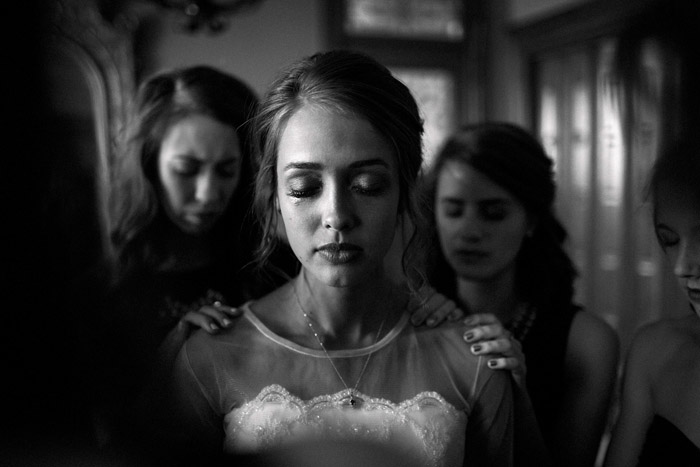
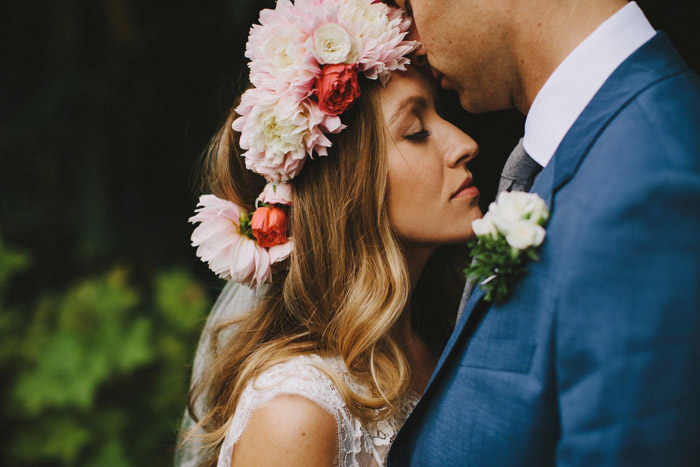
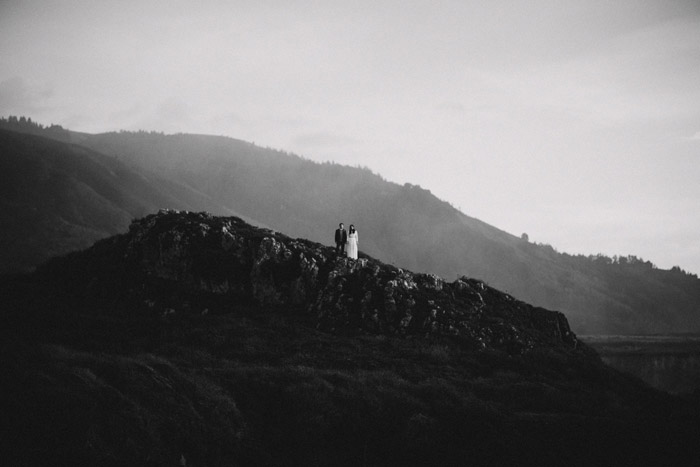
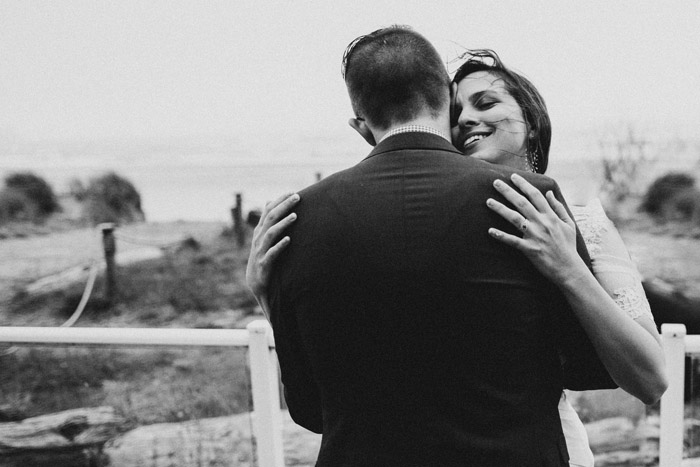
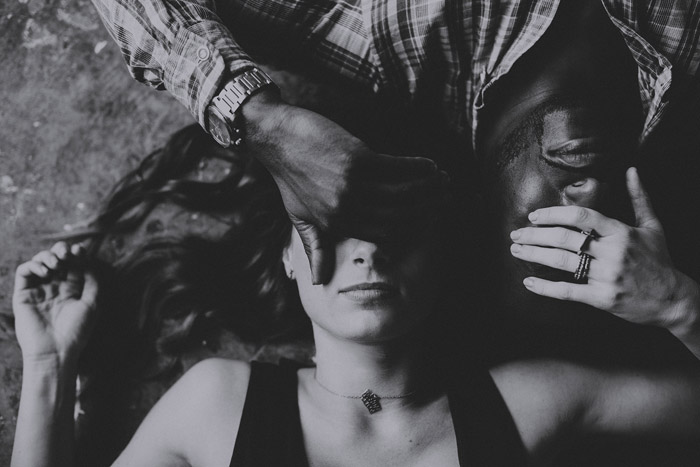



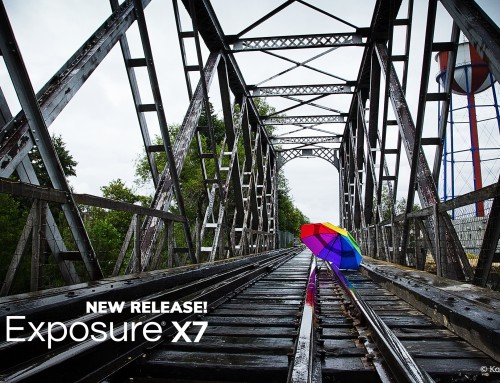

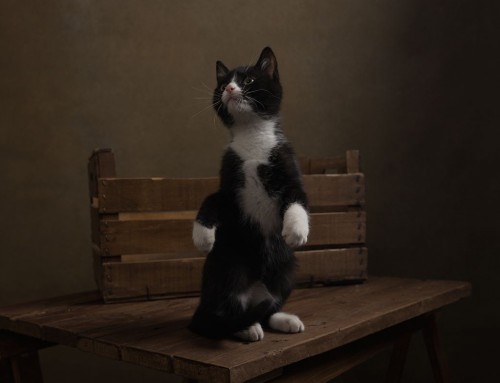


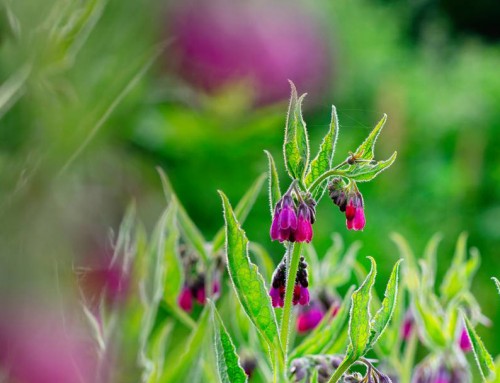
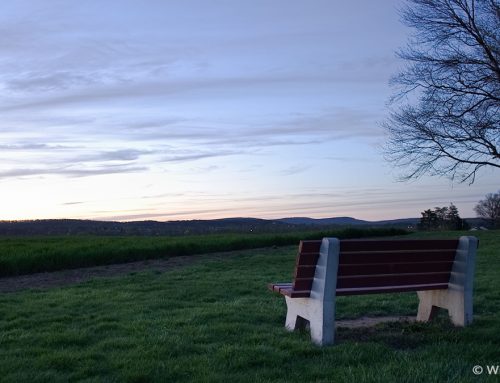
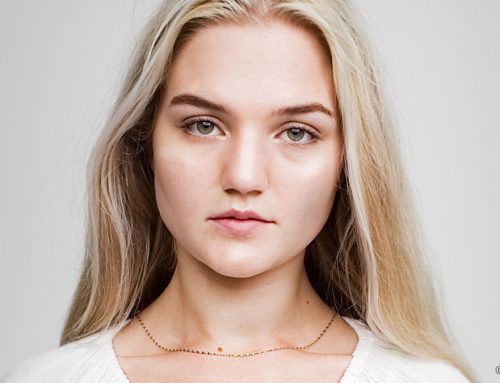
I really like the deep warm tones you made in the three first shots. I am curious to know , did you manipulate the curves or how did you get them. They are delicious.